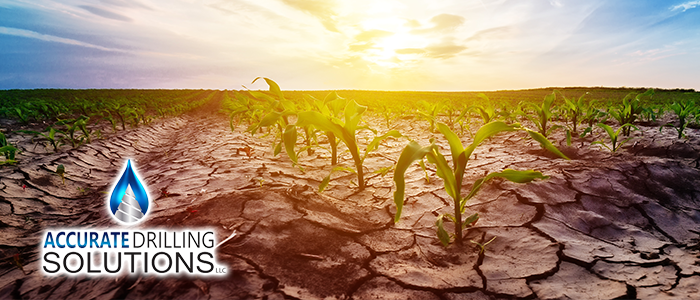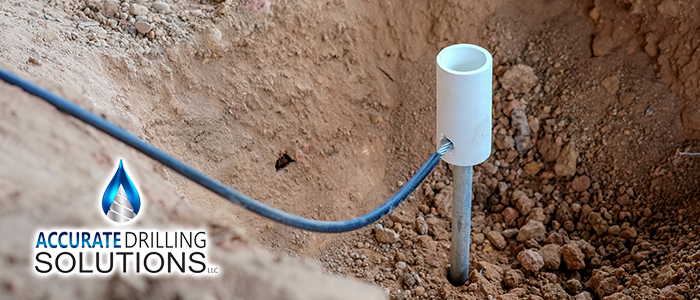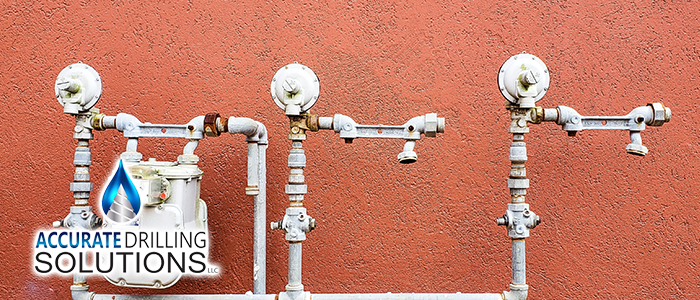
What Happens to Wells in a Drought
Though Florida is known for its sunshine first and foremost, we’re also known for our rain and storms. After all, we’re often ground zero when a hurricane hits. However, our damp, humid climate doesn’t mean that we’re immune to droughts. According to the National Integrated Drought Information System (NIDIS), the longest drought in the past 20 years lasted 124 days. Can your home go without water for that long? If it can’t (and you know it can’t!), you owe it to yourself to learn what happens to a well during a drought.
Wells and the Water Table
There is a reason why so many people rely on well water during a drought. As it rains throughout the year, as water moves, it collects in underground aquifers. These “reservoirs” are where wells derive their water from. When water isn’t available from other sources like rain, well water is used. People use wells to irrigate fields, water livestock, and more, not just for drinking.
Groundwater levels vary even during the best of times during normal moisture periods. The level tends to be highest in the spring and summer and peter off later in the year. Heavy rains during the rainy season “recharge” the aquifers, with water filtering down through the soil. This water can stay in place for a long time, but it is always moving slightly. It collects in streams and lakes, and swamps. In time, it evaporates and becomes rain again. This is the normal water cycle.
Wells During a Drought
You know everything people use wells for. They are an essential part of rural and remote living. During a drought, these essential functions all fall on wells… And even some people who normally don’t use wells may be forced to rely on one. This increased demand can greatly reduce the level of groundwater.
Though you may rely on your well for many things, it’s important to conserve water even if you have a private water source. Take shorter showers, reuse sink water to flush toilets, and drink bottled water when you can. This will help conserve water used for common purposes. It’s important not to reuse sewage or toilet water. Pouring old soapy water into the tank can flush the toilet without needing to fill it up, though. It would help if you also waited to do laundry and dishes until you had a full load.
Can My Well Run Dry?
Technically, no. The aquifer will always be there. However, you may experience a loss of water and especially pressure. Dry conditions can cause the water to fall below your pump, which will run over and over and may burn out. You may need to replace your pressure tank, or in cases of a permanent decline in water levels, you may need to lower the pump. During a drought, maintenance and inspection of your well should be a daily task.
Preparing for a Drought
As we mentioned, keeping your well in peak condition is essential to weathering a drought. It is the most important thing you can do for your family other than water conservation. Have an emergency supply of bottled water on hand. You can visit our website to learn more about properly maintaining and managing a well. If you prefer, have us come out and inspect your well. Then, you can give us a call, and we can address your well water concerns one by one. Make sure you’re ready for the next drought – Call Accurate Drilling today.
continue reading
Related Posts
Pinellas Park Business Owner’s Guide to Pump Systems For business
Lake Wales: Residential Well Installation Explained For many homeowners in
Port Richey Guide to Commercial Water Systems Businesses in Port






